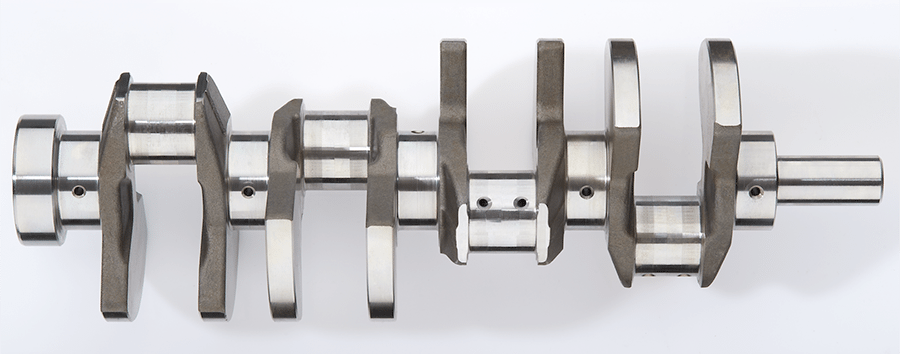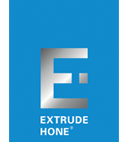
Improving Crankshaft Manufacturing
Improving Crankshaft Manufacturing with Electrochemical Machining
Ensuring sufficient and permanent lubrication of crankshaft bearings in automobile engines is critical for avoiding engine failures. As the crankshaft becomes smaller, due to manufacturing trends and consumer expectations, the number of oil intersection holes increases. All burrs and debris left behind in the drilling process must be removed.
As Hyundai found out, failure to completely deburr and clean the oil channels can be costly. In 2015, Hyundai recalled nearly half a million mid-sized cars in the United States to replace the engines because a “manufacturing problem” could cause them to fail. According to documents Hyundai filed with the U.S. National Highway Traffic Safety Administration, that manufacturing problem involved metal debris that might not have been fully removed from the crankshaft area during manufacturing. That debris could restrict the flow of oil to the connecting rod bearings, which, because they are cooled by oil, could fail. Such a failure could mean anything from a stalled engine to a tragic car crash.
Extrude Hone’s electrochemical machining (ECM) process could have helped Hyundai avoid this problem. Instead of physically drilling holes with a mechanical process, ECM is a subtractive method that removes material based on the principle of anodic metal dissolution. It uses a negatively charged cathode to selectively remove material from a positively charged workpiece. An electrolyte solution (NaCl or NaNO3 in a water or glycol base) handles the charge transfer in the gap between the cathode and workpiece, which releases metal ions from the workpiece. Faraday’s Law defines how much material is removed, and any loose material is flushed out of the gap, as a hydroxide, by the electrolyte.
The ECM process can do three things for crankshaft manufacturing:
- Deburr oil channel intersection holes: The ECM process ensures that all burrs and particles are fully dissolved.
- Polish the oil channel entrance and exit: The polished surfaces contribute to increase the fatigue strength of the crankshaft up to 10 – 15%.
- Add a radius to the oil channel entrance/exit: Radiusing the oil channel entrance increases its fatigue strength, and it does so without introducing a mechanical or thermal load to the material
By fully dissolving burrs and debris, Extrude Hone’s ECM processing of crankshaft oil channels and intersections ensures sufficient and permanent lubrication of the bearings, avoiding engine failures and possible disasters.
ECM can be used for much more than just crankshafts, too. Extrude Hone’s ECM process offers the following benefits for the manufacture of all kinds of engine parts, large and small:
- Fast process times (usually 5–20 seconds)
- Targeted material removal at precisely defined locations
- Roughing and finishing in one pass
- The ability to perform multiple processes in one cycle
- The ability to deburr hard-to-reach locations and metals that are otherwise tough to machine
- An absence of secondary burrs
- Specially developed electrolytes that minimize the risk of corrosion
- Regulation and control of all relevant parameters
- Superior process stability and good process control
Extrude Hone covers a number of different market segments and their needs by providing machinery for high volumes as well as for applications with high variety. Talk to an Extrude Hone representative today to see what ECM can do for your business. help@dev2.extrudehone.com

